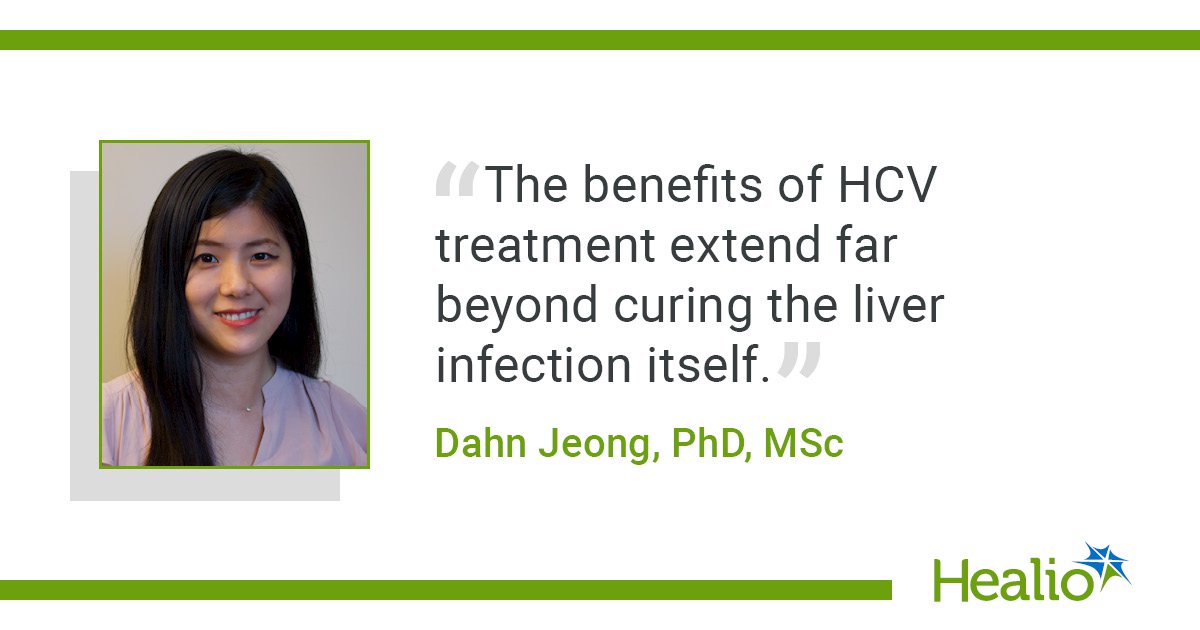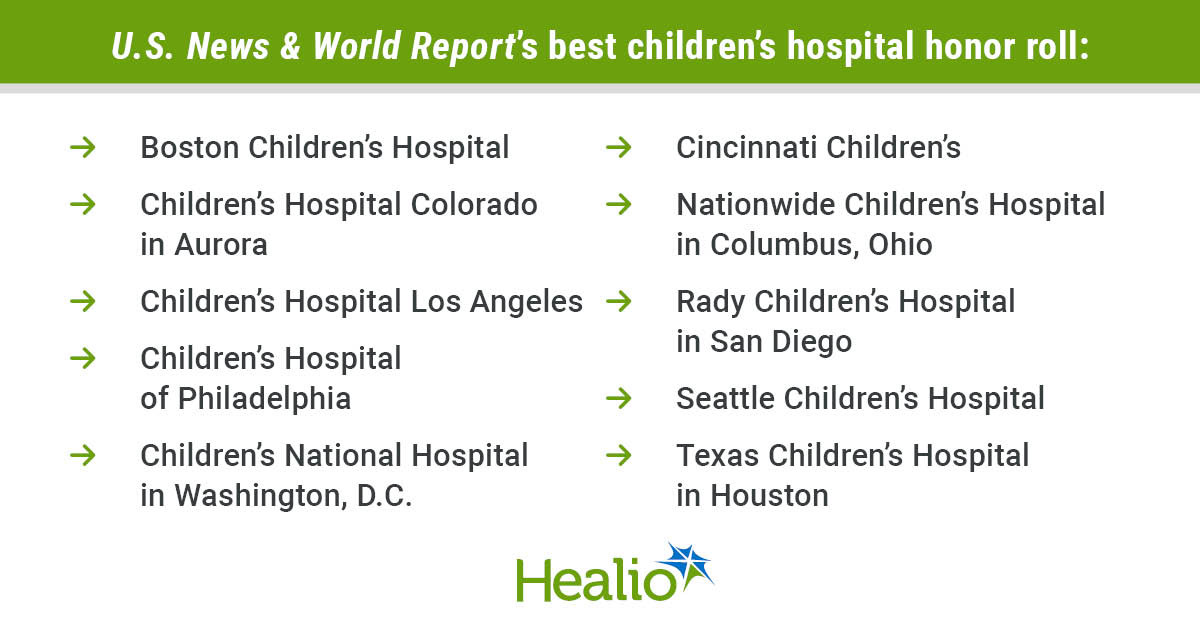August 06, 2025
2 min read
Key takeaways:
- Incidence rates for most extrahepatic manifestations, including chronic kidney disease, were lower among patients successfully treated with DAAs vs. untreated patients.
- The exception was type 2 diabetes.
Treatment with direct-acting antivirals was associated with reduced risk for extrahepatic manifestations among patients with chronic hepatitis C virus infection who achieved sustained virologic response, according to study results.
Immune disorders, neurological manifestations, type 2 diabetes and kidney, cardiovascular and cerebrovascular diseases are some of the extrahepatic manifestations (EHMs) often associated with HCV infection, noted the study authors, who aimed to explore how treatment with DAAs affected the risk for these conditions.

Researchers included 22,576 individuals with HCV, of whom 11,953 (median age at diagnosis, 43 years; 65.1% men) were treated with DAAs and achieved sustained virologic response, defined as having a negative HCV RNA test at least 10 weeks after treatment. An additional 386 patients (median age, 40 years; 72.8% men) were treated but did not achieve SVR, and 10,237 patients (median age, 40 years; 67.3% men) were never treated.
The incidence rate of chronic kidney disease and end-stage kidney disease was 21 cases per 1,000 person-years in the untreated group compared with 14.7 cases in the treated with SVR group. The rates for stroke, major adverse cardiac events and neurocognitive disorders were 8.9 vs. 6.3, 26.7 vs. 19.3 and 19.2 vs. 10.3, respectively.
After adjusting for potential confounders and baseline characteristics, successful treatment with DAAs was associated with lower risk for incident chronic kidney disease and end-stage kidney disease (adjusted HR = 0.54), stroke (aHR = 0.66), major adverse cardiac events (aHR = 0.58) and neurocognitive disorders (aHR = 0.52), but not type 2 diabetes (aHR = 1.04).
These results remained consistent regardless of age or HCV genotypes, with the exception of stroke in genotype 3, according to researchers.
“Specifically, we found that people who achieved sustained virologic response had a 46% lower risk of chronic kidney disease, 34% lower risk of stroke, 42% lower risk of adverse cardiac events and 48% lower risk of neurocognitive disorders,” Dahn Jeong, PhD, MSc, a postdoctoral fellow at University of British Columbia School of Population and Public Health and one of the study’s authors, told Healio. “These findings suggest that the benefits of HCV treatment extend far beyond curing the liver infection itself.”
Type 2 diabetes, which was the most common EHM in the study population, had incidence rates of 6.4 cases per 1,000 person years in the nontreated group compared with 9.2 cases in the treated with SVR group, making it the only EHM to be significantly higher in treated groups.
“In some subgroups we actually observed higher diabetes incidence rates among those who were treated,” Jeong said. “This was unexpected given that HCV infection is known to cause insulin resistance.”
Better health care access leading to more screening and diagnoses, post-treatment weight gain and different health care utilization patterns are among factors that could contribute to this, she noted, and warrant further study.
“HCV treatment with DAAs offers broader health benefits than previously recognized,” Jeong said. “Clinicians should prioritize HCV screening and treatment not only to prevent liver-related complications, but also to reduce the risk of cardiovascular disease, stroke, kidney disease and cognitive disorders.”
For more information:
Dahn Jeong, MSc, PhD, can be reached at dahn.jeong@bccdc.ca.










